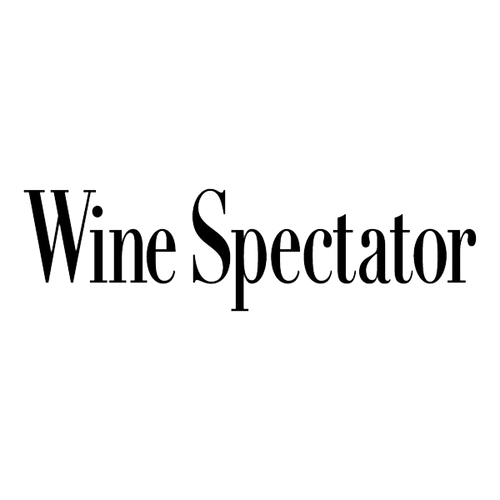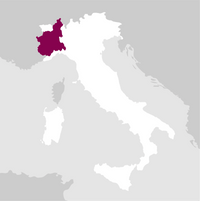Awards
Details

Perfume

Color

Taste
Serve at:
18 - 20 °C.
Longevity:
Over 25 years
Decanting time:
1 hour
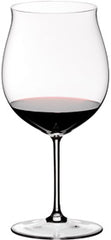
Pairings
- Start up year: 1986
- Oenologist: Orlando Pecchenino
- Bottles produced: 150.000
- Hectares: 35
It is to them that we owe the expansion of the vineyard area which today consists of 35 hectares, divided between the municipalities of Dogliani, Monforte d’Alba and Bossolasco. The area of Dogliani, where the "historical" winery is located, is typical for the cultivation of the Dolcetto vine, which is still the dominant variety, followed by Nebbiolo and Barbera. Over the years, the company has purchased lands in the municipality of Monforte d’Alba, where the second and more recently renovated winery is dedicated to the production of its Barolos and some others in the municipality of Bossolasco, dedicated to the production of white wines, with particular reference to Alta Langa, a classic method sparkling wine made from pinot noir and chardonnay grapes. Read more
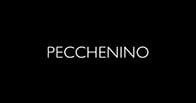
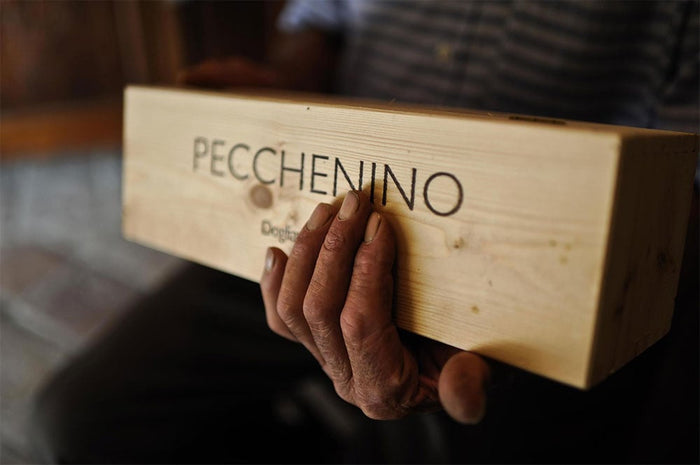
| Name | Pecchenino Barolo Bussia 2016 |
|---|---|
| Type | Red still |
| Denomination | Barolo DOCG |
| Vintage | 2016 |
| Size | 0,75 l |
| Alcohol content | 14.5% by volume |
| Grape varieties | 100% Nebbiolo |
| Country | Italy |
| Region | Piedmont |
| Vendor | Pecchenino |
| Origin | Single vineyard in the Bussia MGA and in particular from the Corsini locality |
| Climate | Exposure: South-West. |
| Soil composition | The soil is calcareous-clayey with brownish marls. |
| Cultivation system | Guyot |
| Plants per hectare | 5000 |
| Harvest | Third week of October. |
| Fermentation temperature | 27 °C |
| Fermentation | About 3 weeks. |
| Wine making | The grapes are only destemmed and then left to ferment in steel tanks for about 3 weeks at 27 °C. The wine remains in the tanks in contact with the skins for a further 4 weeks in post-fermentation maceration using the ancient submerged cap method. After racking, the wine remains in steel tanks for malolactic fermentation and is then transferred to barrels. |
| Aging | 24 months in large oak casks and 12 months in cement tanks. |
| Allergens | Contains sulphites |








